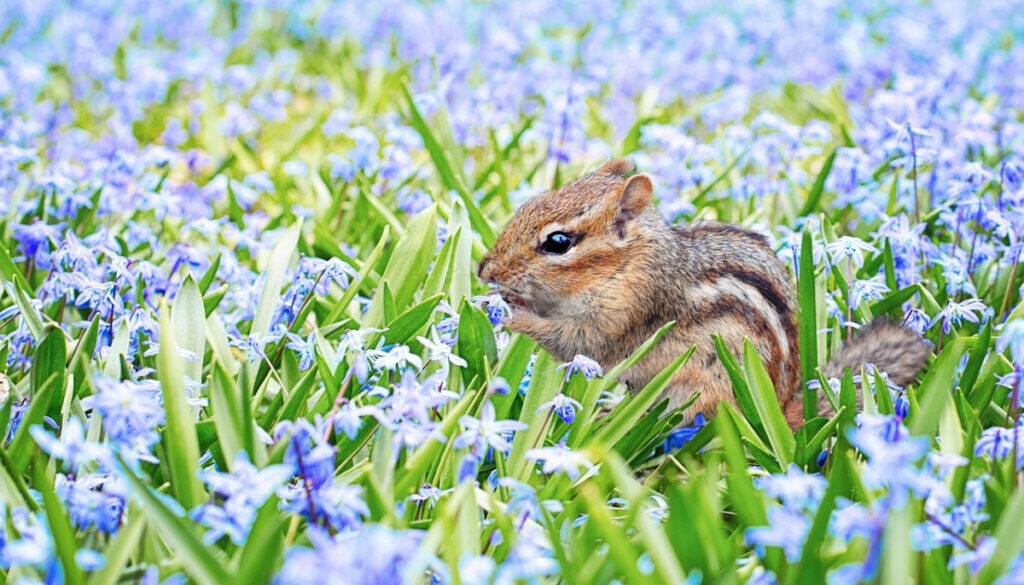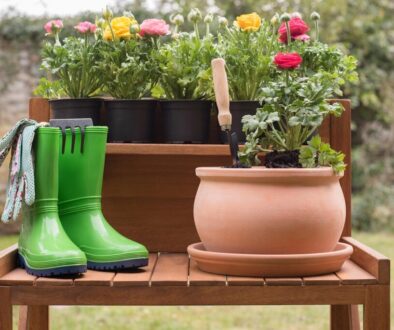10 Flowers to Sow Outdoors in February: A Guide to Early Spring Blooms
As winter begins to wane and the first signs of spring emerge, gardeners eagerly anticipate the opportunity to get their hands back in the soil. February may still feel chilly, but it’s the perfect time to start sowing certain hardy flowers outdoors. By planting early, you can enjoy a vibrant display of blooms as soon as the weather warms up. In this article, we’ll explore 10 flowers that you can sow outdoors in February, along with tips for growing them successfully.
1. Sweet Peas (Lathyrus odoratus)
Sweet peas are a classic choice for early sowing. These fragrant, climbing flowers are known for their delicate petals and wide range of colors, including pink, purple, white, and red.
Why Sow in February?
Sweet peas are hardy annuals that can tolerate cooler temperatures. Sowing them early allows their roots to be established before the growing season begins, resulting in stronger plants and more abundant blooms.
How to Grow:
- Soak seeds overnight to improve germination.
- Plant in well-draining soil in a sunny or partially shaded spot.
- Provide support, such as a trellis or netting, for the vines to climb.
- Water regularly and deadhead spent flowers to encourage continuous blooming.
2. Calendula (Calendula officinalis)
Also known as pot marigold, calendula is a cheerful flower with bright orange or yellow petals. It’s not only ornamental but also has medicinal properties and is often used in skincare products.
Why Sow in February?
Calendula is frost-tolerant and can handle cooler weather, making it an ideal candidate for early sowing. It blooms prolifically and can even self-seed, providing color year after year.
How to Grow:
- Sow seeds directly in well-draining soil in full sun or partial shade.
- Space plants about 12 inches apart to allow for growth.
- Deadhead regularly to promote new blooms.
- Calendula thrives in poor soil, so avoid over-fertilizing.
3. Cornflowers (Centaurea cyanus)
Cornflowers, also known as bachelor’s buttons, are beloved for their vivid blue petals and easy-going nature. They’re a favorite among pollinators and make excellent cut flowers.
Why Sow in February?
These hardy annuals can withstand cold temperatures and will germinate as soon as the soil begins to warm. Early sowing ensures a long blooming period.
How to Grow:
- Plant seeds in a sunny location with well-draining soil.
- Thin seedlings should be about 8 inches apart to prevent overcrowding.
- Water moderately, as cornflowers are drought-tolerant once established.
- Deadhead spent flowers to encourage continuous blooming.
4. Poppies (Papaver spp.)
Poppies are iconic for their delicate, papery petals and vibrant colors. Whether you choose the classic red Flanders poppy or the pastel hues of Icelandic poppies, these flowers add a touch of whimsy to any garden.
Why Sow in February?
Poppies thrive in cool weather and can be sown directly outdoors in February. Their seeds need a period of cold to germinate, making early sowing ideal.
How to Grow:
- Scatter seeds on the soil surface and lightly press them in, as they need light to germinate.
- Choose a sunny spot with well-draining soil.
- Thin seedlings to about 6 inches apart.
- Water sparingly, as poppies prefer drier conditions.
5. Nigella (Nigella damascena)
Nigella, or love-in-a-mist, is a charming flower with feathery foliage and delicate blue, white, or pink blooms. Its unique seed pods also add interest to the garden.
Why Sow in February?
Nigella is a hardy annual that can tolerate cold temperatures. Sowing early ensures a long blooming period and allows the plants to establish before the heat of summer.
How to Grow:
- Sow seeds directly in well-draining soil in full sun or partial shade.
- Thin seedlings to about 6 inches apart.
- Water regularly but avoid overwatering, as nigella prefers slightly dry conditions.
- Allow some seed pods to mature if you want the plant to self-seed.
6. Larkspur (Consolida ajacis)
Larkspur is a tall, elegant flower with spires of blue, pink, white, or purple blooms. It’s a favorite for cottage gardens and cut flower arrangements.
Why Sow in February?
Larkspur seeds require a period of cold stratification to germinate, making February an ideal time to sow them outdoors.
How to Grow:
- Scatter seeds on the soil surface and lightly cover them with soil.
- Choose a sunny location with well-draining soil.
- Thin seedlings to about 12 inches apart to allow for growth.
- Provide support for taller varieties to prevent them from toppling over.
7. Clarkia (Clarkia unguiculata)
Clarkia, also known as godetia, is a hardy annual with clusters of pink, red, or purple flowers. It’s a great choice for adding color to borders and wildflower meadows.
Why Sow in February?
Clarkia can tolerate cooler temperatures and will germinate as the soil warms. Early sowing ensures a long blooming period.
How to Grow:
- Sow seeds directly in well-draining soil in full sun or partial shade.
- Thin seedlings to about 6 inches apart.
- Water regularly but avoid overwatering, as clarkia prefers slightly dry conditions.
- Deadhead spent flowers to encourage continuous blooming.
8. Alyssum (Lobularia maritima)
Alyssum is a low-growing flower with tiny, fragrant blooms in shades of white, pink, or purple. It’s perfect for edging, rock gardens, or filling gaps in borders.
Why Sow in February?
Alyssum is frost-tolerant and can be sown early for a head start on the growing season. Its sweet fragrance attracts pollinators, making it a valuable addition to any garden.
How to Grow:
- Scatter seeds on the soil surface and lightly press them in.
- Choose a sunny or partially shaded location with well-draining soil.
- Water regularly to keep the soil moist but not waterlogged.
- Trim back after the first flush of blooms to encourage a second wave.
9. Forget-Me-Nots (Myosotis sylvatica)
Forget-me-nots are delicate, blue-flowered plants that thrive in shady spots. They’re perfect for woodland gardens or as a ground cover under trees.
Why Sow in February?
These hardy biennials can tolerate cold weather and will germinate as the soil warms. Early sowing ensures a strong root system and abundant blooms.
How to Grow:
- Sow seeds directly in moist, well-draining soil in partial shade.
- Thin seedlings to about 6 inches apart.
- Water regularly to keep the soil moist.
- Allow some plants to self-seed for future blooms.
10. Snapdragons (Antirrhinum majus)
Snapdragons are beloved for their tall spikes of colorful, dragon-shaped blooms. They come in a wide range of colors and are excellent for cut flowers.
Why Sow in February?
Snapdragons are hardy annuals that can tolerate cooler temperatures. Sowing them early allows them to establish before the growing season begins.
How to Grow:
- Sow seeds directly in well-draining soil in full sun or partial shade.
- Thin seedlings to about 12 inches apart.
- Water regularly and deadhead spent flowers to encourage continuous blooming.
- Provide support for taller varieties to prevent them from toppling over.
Tips for Success When Sowing Flowers in February
- Prepare the Soil: Clear away any debris and loosen the soil to ensure good drainage. Add compost or organic matter to enrich the soil.
- Protect from Frost: While these flowers are hardy, a sudden frost can damage young seedlings. Use cloches or frost cloth to protect them if needed.
- Water Wisely: Overwatering can lead to rot, especially in cooler weather. Water sparingly and ensure the soil drains well.
- Be Patient: Germination may take longer in cooler temperatures, so don’t be discouraged if you don’t see immediate results.
Conclusion
Sowing flowers outdoors in February is a rewarding way to kickstart your gardening season. By choosing hardy varieties like sweet peas, calendula, and poppies, you can enjoy a burst of color and fragrance as soon as spring arrives. With a little care and attention, these early-sown flowers will thrive and set the stage for a beautiful garden throughout the year. So grab your seeds, bundle up, and get ready to bring your garden to life!
Happy Gardening!














